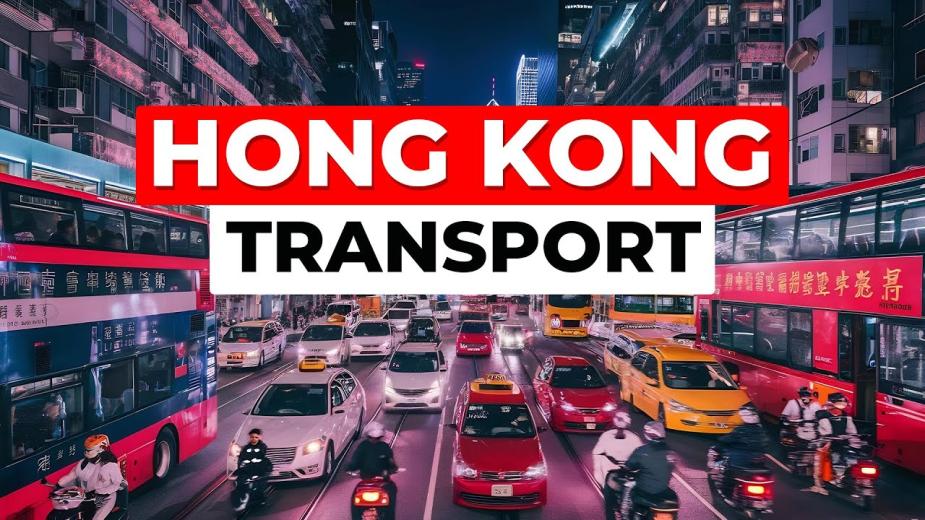Moscow is rightly proud of the scale and architecture of its metro, but the world does not stand still, but on the contrary, is developing rapidly. Let's take a look at whose subways are the largest and longest to date!

Shanghai (676 km, 413 stations)
In the first place was China. Shanghai is known all over the world for its crowdedness, so it is not surprising that the longest metro is located there, opened in 1995. It is surprising that in such a short time the Shanghai subway managed to overtake all European subways with more than a century of history. Really high-speed mode of transport, in every sense!

Beijing (597 km, 398 stations)
In 1969, the Beijing Subway was opened, which eventually also lost to the Shanghai one. Its indicators are more modest, but also impressive - the Chinese capital ranks second in the world ranking.
Guangzhou (514 km, 271 stations)
The third line is occupied by another Chinese city - Guangzhou. What can I say here - the active development of the most populous country in the world is felt in everything! The metro was opened in 1997, which makes it one of the youngest in our ranking.
Moscow (408 km, 232 stations)
The Moscow metro is actively increasing its momentum, but it is unlikely to be able to catch up with Chinese leaders. Nevertheless, of the European cities, Moscow ranks first in this indicator. There is something to be proud of! The year of opening of the Moscow Metro is 1935.
London (402 km, 270 stations)
The oldest metro in the world may well compete with the Moscow one, slightly inferior in length of tracks, but significantly exceeding the number of stations. The London Underground opened back in 1863 and has continued to expand ever since.

New York (394 km, 472 stations)
The undisputed leader in the number of stations is the New York metro, but the length of the tracks has pumped up: according to this figure, the American metro occupies only the fifth place in the ranking, passing ahead not only the Chinese, but also Moscow and London. The metro has been operating since 1904.

Nanjing (377 km, 174 stations)
The youngest metro of our rating is located in Nanjing. It was opened in 2005 and since then the metro has been growing at a truly rapid pace, significantly adding to the stations almost annually. Also, the metro in Nanjing became the first in the world where you can use 5G Internet throughout the trip.
Delhi (347 km, 253 stations)
In the next place is the capital of India, which, oddly enough, is still inferior to Chinese and European cities. Nevertheless, the metro in Delhi is among the youngest (2002), so we can say that it still has everything ahead, because there is no need to complain about the population of India.
Seoul (343 km, 317 stations)

Almost on a par is the Seoul subway with a comparable length of tracks and a large number of stations. It was opened in 1974, so it is no longer as young as Chinese or Indian counterparts, but still noticeably inferior in age to western metros.
Wuhan (339 km, 199 stations)
The Wuhan Metro is also one of the new Chinese construction projects and was opened in 2004. It continues to develop and will undoubtedly rise a few more lines up in our rankings in the near future.












